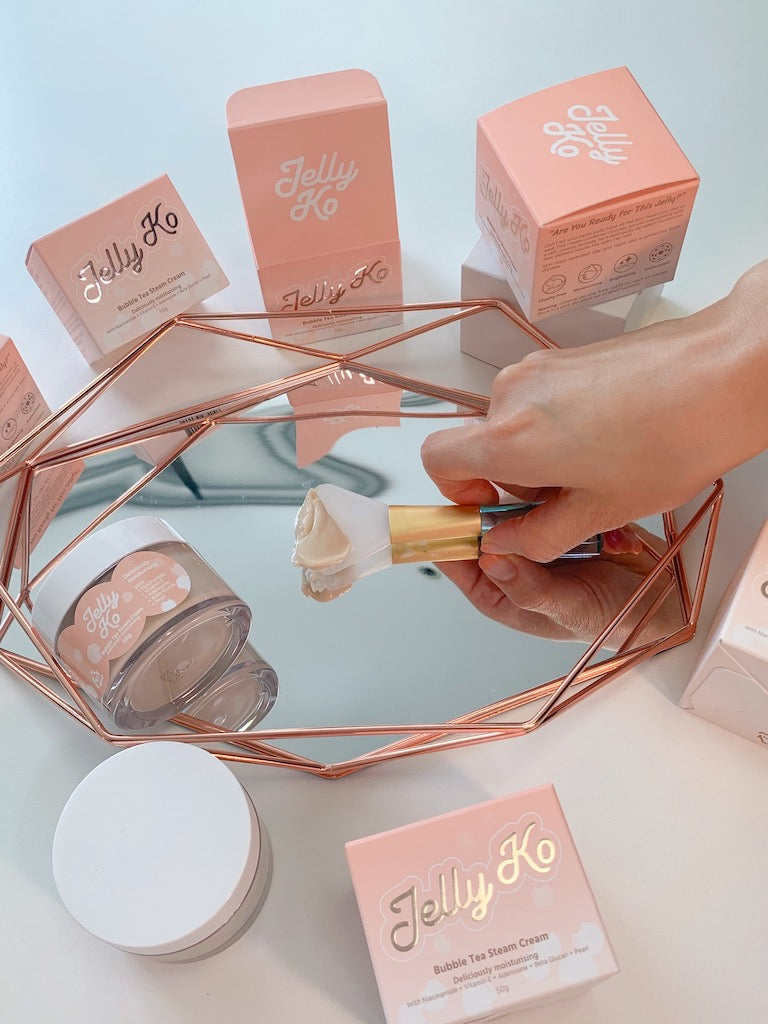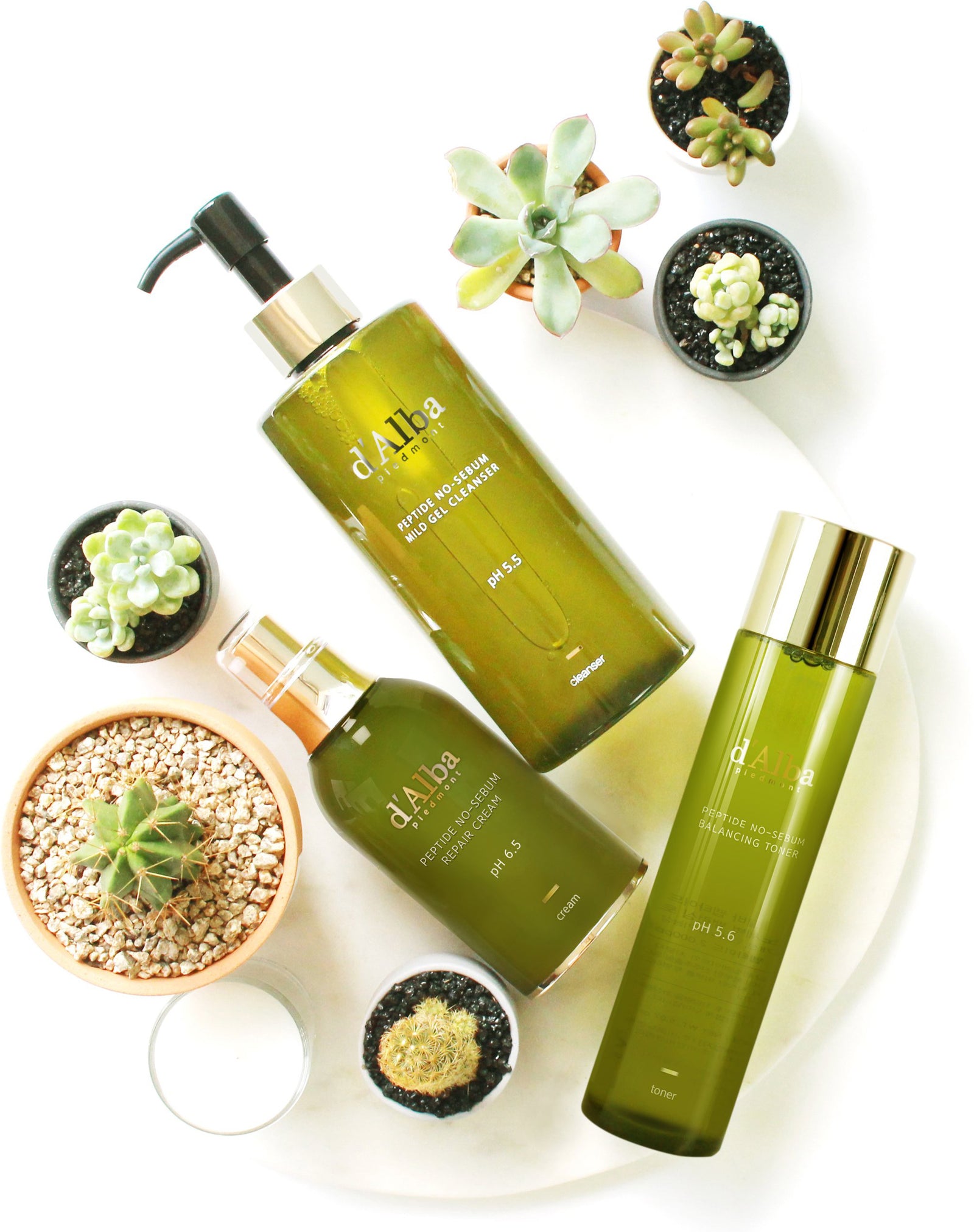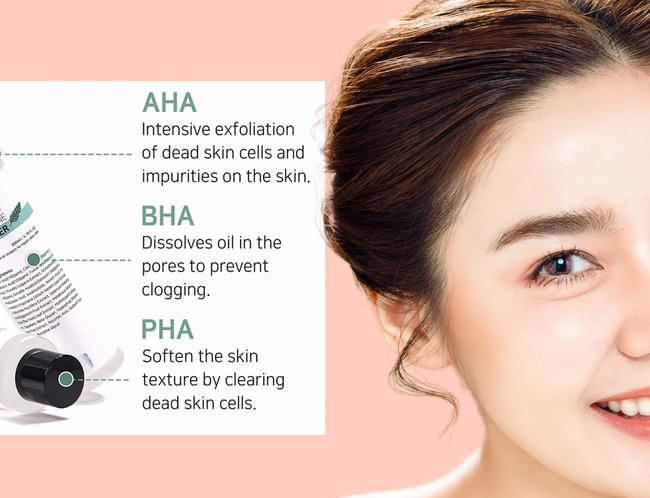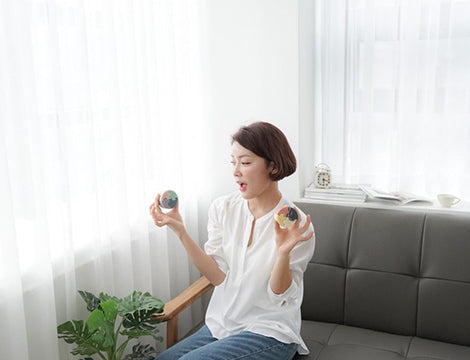When Does My Skincare Expire?
Ever wondered “when does my skincare expire?” Then read on. Here’s how to tell if you bin it or give it another go.
Old Skincare
Let me know if this sounds familiar – you’re going through your skincare routine and on a whim, reach towards the back of your bathroom cabinet for something you only use now and again (why do I have so many sheet masks???) You take a look. Oops. It’s past the date on the packaging. Should you bin it or give it a go?
The answer: it depends.
While it’s easy to know when food goes off, the sniff test doesn’t work quite so well with skincare products.
That’s why it’s important to know what to look out for, which will also help you get the most out of your skincare products.
Let’s dive in.
1 Expiration Dates
This is a great place to start.
Just like food, many skincare products will display expiration dates somewhere on their packaging.
For skincare, the expiration date marks the period of time in which the manufacturer guarantees the effectiveness of the product.
In the case of Korean skincare however, there’s one more thing you need to take into account – Korean cosmetic laws. In Korea, due to the strict laws around cosmetic regulation, most companies will simply label their products with a shelf life of 2 years. This is irrespective of when the product actually goes off. Even if the product is actually good for 3 years, and/or products with the same preservatives in other countries label them for 3 years, most Korean manufacturers opt to put 2.
In many countries, including Australia and the US, it is not a requirement to use expiration dates. Instead, companies can print a ‘Lot Number’. This helps manufacturers track when the product was made. In Europe, companies are required to put a “Date of Minimum Durability”.

2 Period After Opening
Along with an expiration date, you’ll usually find a ‘Period After Opening’ symbol displayed on skincare products.
Normally, this will be a little jar with a number and letter inside or next to it – usually M or Y for months or years. For example, if a product has a Period After Opening symbol for 2Y, it means the brand is saying that the product will be at its most effective for 2 years.
Some products might have both expiration dates and Period After Opening symbols, or just one and the other. If you’re using something that only has a Period After Opening symbol, we recommend you keep track of when you opened it!
3 What Sort Of Cleanser Do You Use?
Cleansers normally come in oil or water-based forms. This can determine their shelf life, but other factors such as packaging (eg. is it in a jar or pump?) can also influence this.
As oil is a difficult environment for bacteria and other nasties to flourish in, oil-based cleansers can usually be counted upon to last a while. Most oil-based cleansers will come in a pump, which is the most fuss-free way to store them. One of our current favourites at Style Story HQ are Subi's Bare Skin Balm and APLB’s Blackout Cleansing Oil.
If you’re not using an oil based cleanser with pump packaging (like a cleansing balm in a jar), make sure to close the lid tightly after use to avoid prolonged exposure to outside environments.
Water-based cleansers are more prone to attract bacteria, which means that they’re usually good up until 6-8 months. However, if your cleanser has bacteria-resistant skincare acids in it like COSRX’s Salicylic Acid Daily Gentle Cleanser, you might have a bit more time to keep using it.
If the texture or smell of your cleanser seems different to when you first opened it, this is probably a good time to look for a replacement.
4 Other Skincare Products
Moisturisers
Most moisturisers are good for one year from the time they’re opened, but as with cleansers, their packaging can impact how long they can be used for.
The rules here are just like with cleansers. Pump or tube packaged moisturisers like Benton’s Snail Bee High Content Steam Cream are usually the most hygienic way to store skincare.
Vitamin C
Thanks to its ability to brighten skin, reduce the appearance of wrinkles and promote a more even skin tone, Vitamin C is a fan favourite. However, for all its benefits though, pure Vitamin C is a very fickle ingredient. Notoriously difficult to stabilise, the more pure Vitamin C in a product, the greater care required to maintain its efficacy.
The highest percentage Vitamin C skincare products are usually essences and serums. Vitamin C here will usually start off clear, but will eventually oxidise and turn into an orange or brown shade. This occurs as a result of outside exposure. Eventually, it causes the product to lose its efficacy.
To get the most out of your essence or serum, look for options like Some By Mi’s Galactomyces Pure Vitamin C Glow Serum, which come in dark or opaque bottles to protect the Vitamin C within from sunlight.
Got any more questions about when does my skincare expire? Drop them in the comments section below!
STYLE STORY – Your Go-To For K-Beauty










